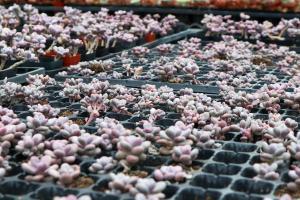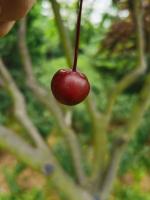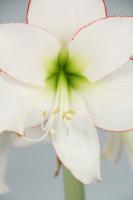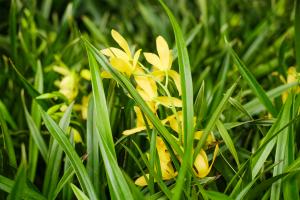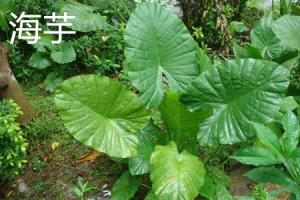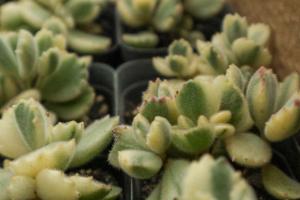1、 Can it be planted outdoors
Winter in the north is much colder, but Osmanthus fragrans also has cold resistance and can endure the low temperature of minus 13 degrees, so it can be planted. However, if the temperature in the area is below minus 13 degrees for a long time, we should pay attention to taking warm measures. It is suggested to manage potted plants to avoid frostbite. In addition, it has many varieties, so we should choose the one with strong cold resistance. For example, late osmanthus, fast-growing osmanthus, cinnabar osmanthus, etc. do not plant four seasons osmanthus, which has poor cold resistance and is difficult to manage
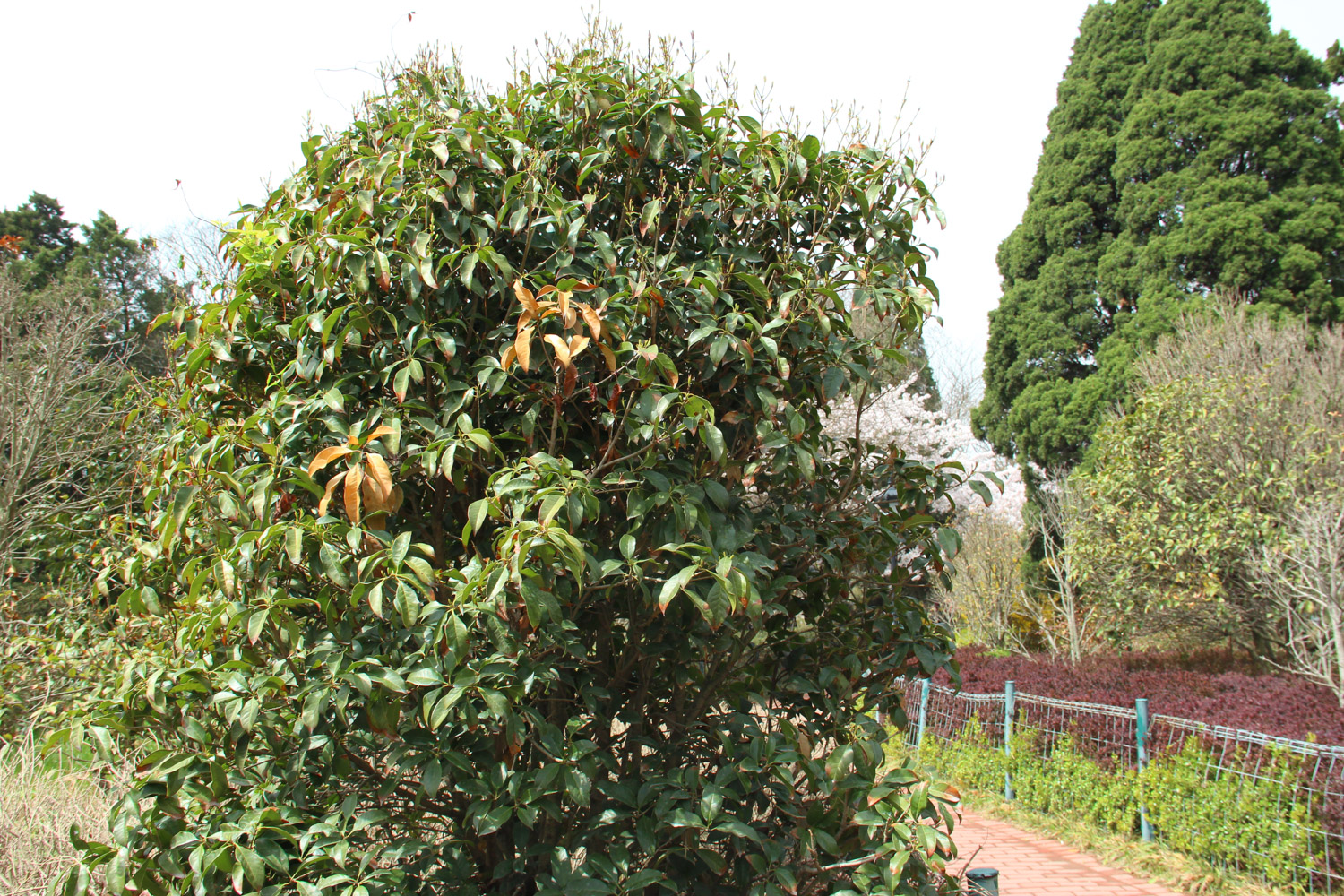
2、 How to spend the winter
1. Strict water control: it has stopped growing in winter, and the temperature is low. We must control the amount of water. If you water too much, the soil is easy to freeze. If the soil is not dry, it can not be watered. When it is dry, it should be watered less, and the water temperature should be close to the soil temperature to avoid freezing
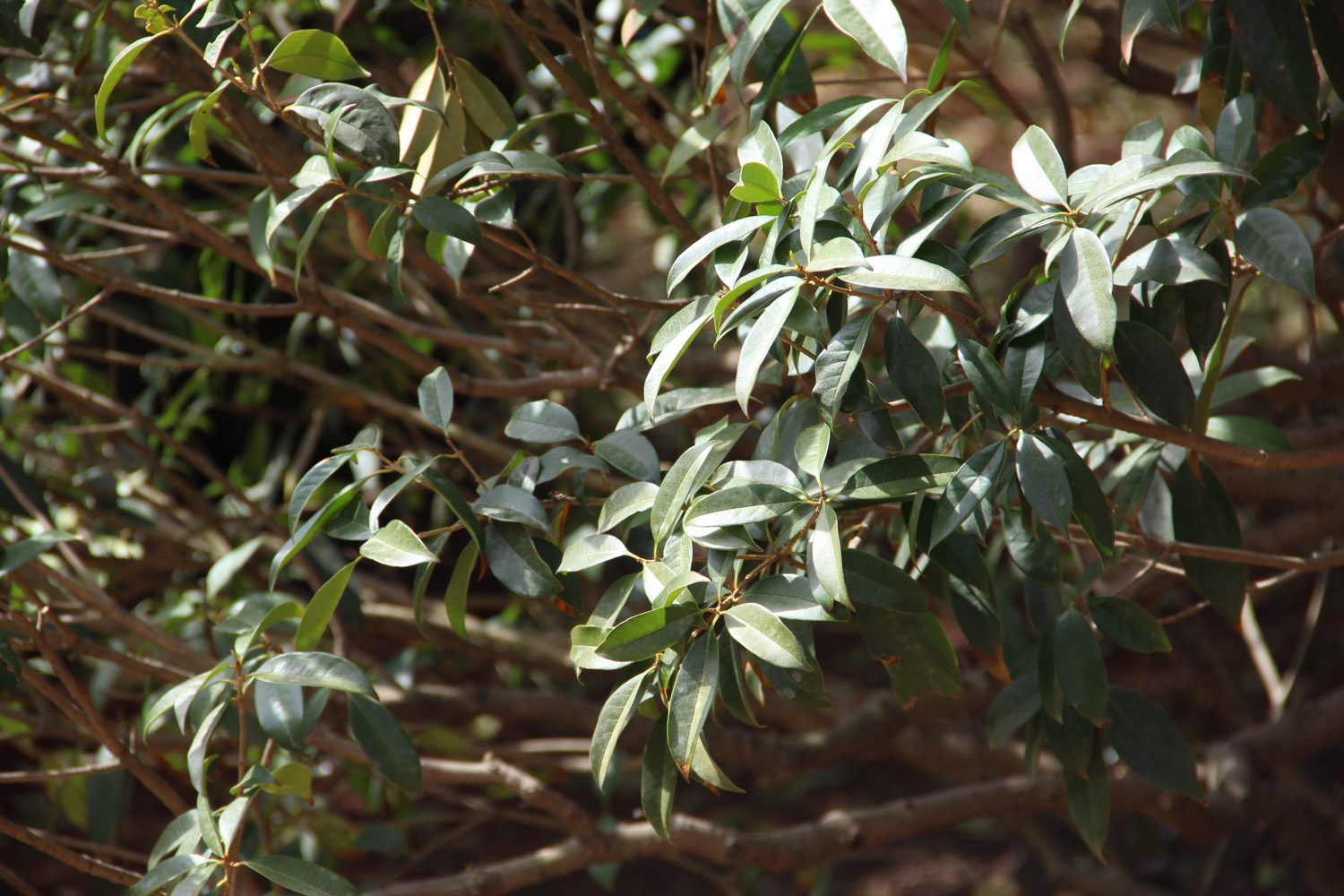
2. More sun exposure: the light in winter is relatively mild. You can put it in the light and let it bask in the sun all day, which is more beneficial to its winter. Low temperature and cool environment are easy to frostbite
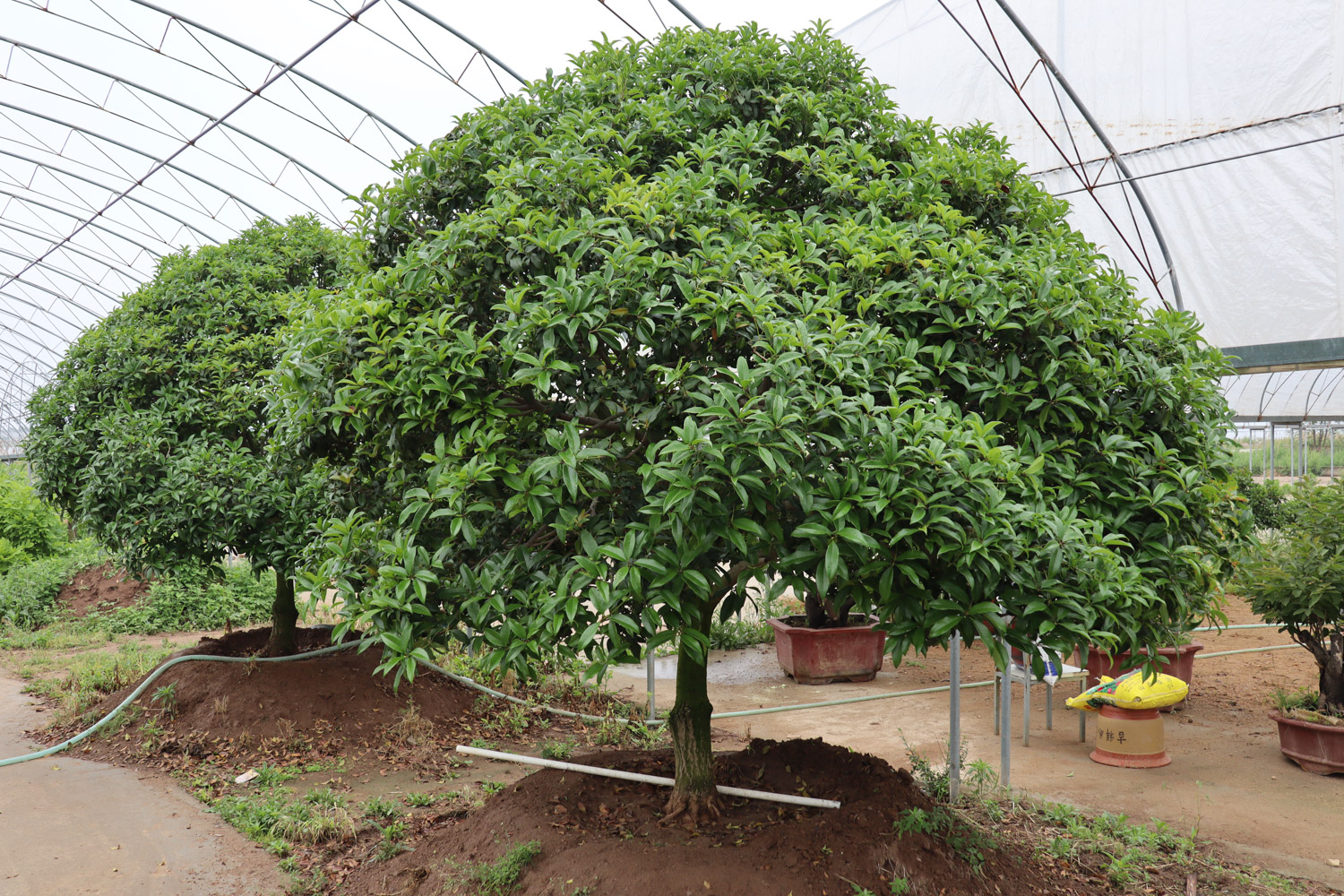
3. Stop fertilizing: fertilize once before winter. Just use rotten organic fertilizer, which can warm the roots and avoid root frostbite. However, fertilizer should be stopped after winter, and fertilizer is not needed at this time. Even if it is applied, it cannot be absorbed. Instead, it will burn roots, resulting in winter failure and plant death

 how many times do yo...
how many times do yo... how many planted tre...
how many planted tre... how many pine trees ...
how many pine trees ... how many pecan trees...
how many pecan trees... how many plants comp...
how many plants comp... how many plants can ...
how many plants can ... how many plants and ...
how many plants and ... how many pepper plan...
how many pepper plan...